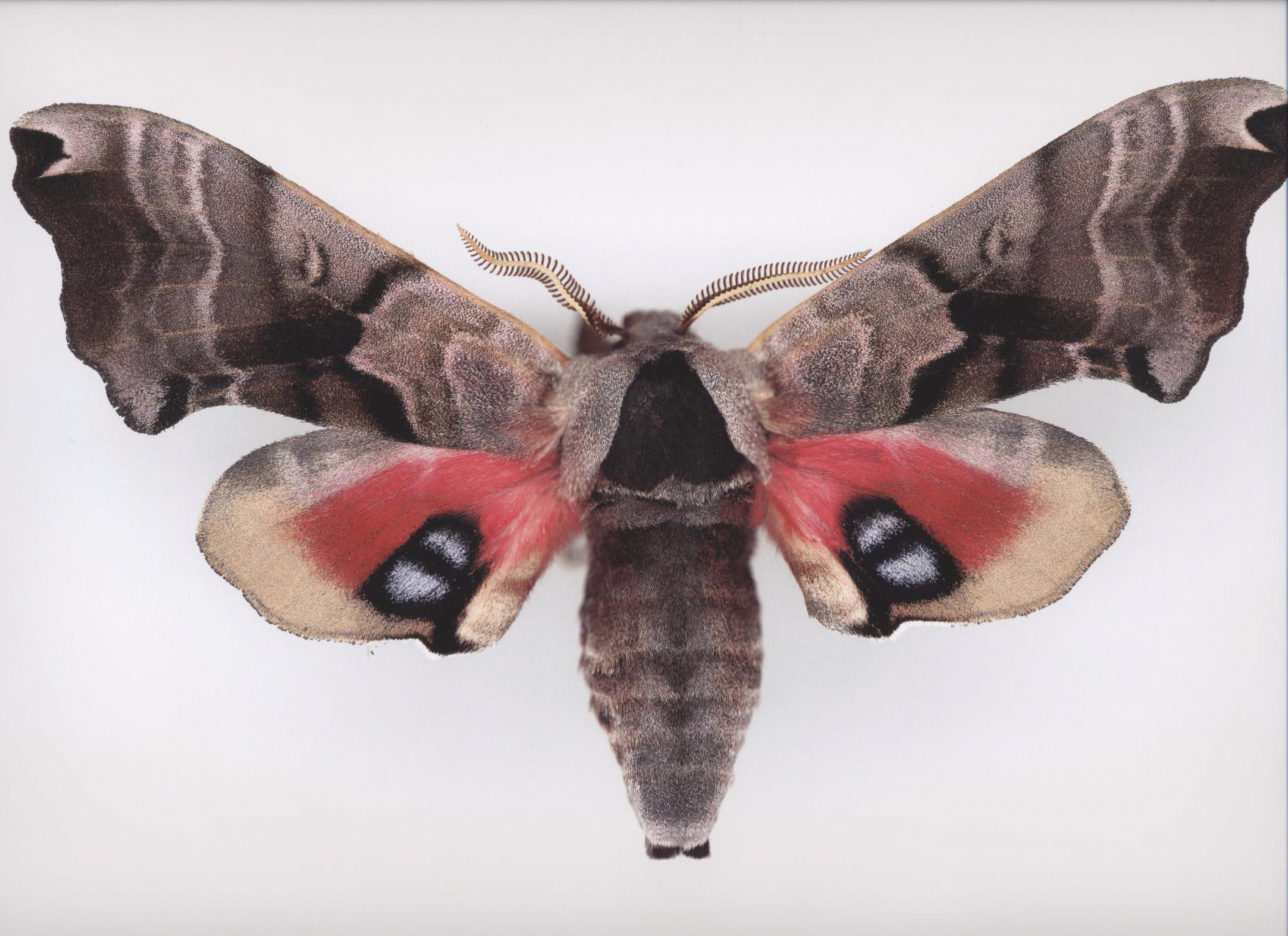I particularly enjoyed the way the chapter explored different types of digital forms and their role in art today. Though many people may be resistant to these new mediums and art forms, digital forms of art work seem to be gaining more clout and recognition. Though these forms may lack “human touch” through bristle marks, the artist’s tics, or minute errors, they may offer something new to art, and do not necessarily lack the artist’s signature. One great example of this is Joseph Scheer’s work. 
(Click image to see details)
Scheer is an artist most famous for his work with moths. Using digital mediums and manipulations, Scheer takes scans of moths and enhances the image. His work offers greater detail and beauty than any camera could offer. These large prints have been shown in galleries all over the world from Brooklyn to Beijing and have been featured in The New York Times and National Geographic. He calls his works “Imaging Biodiversity,” and shows that intensifying the images and scans of living creatures creates a beautiful image that is haunting, and though it is altered, extremely natural. The hyper realism and enhancement in his work doesn’t seemed forced. Scheer shows that digital manipulation can be extremely beautiful, and ironically enhance natural beauty. His work also influences the science world and its relation to digital art.
Digital art can offer a new perspective and can challenge the eye in ways traditionally created art cannot. Though many may argue the artist plays a small role in the actual creation of art through digital mediums, the artists use and manipulation of digital forms can create a beautiful pieces of art. Scheer offers a new lens to look at nature, and enhances the experience in ways traditional art could not.
